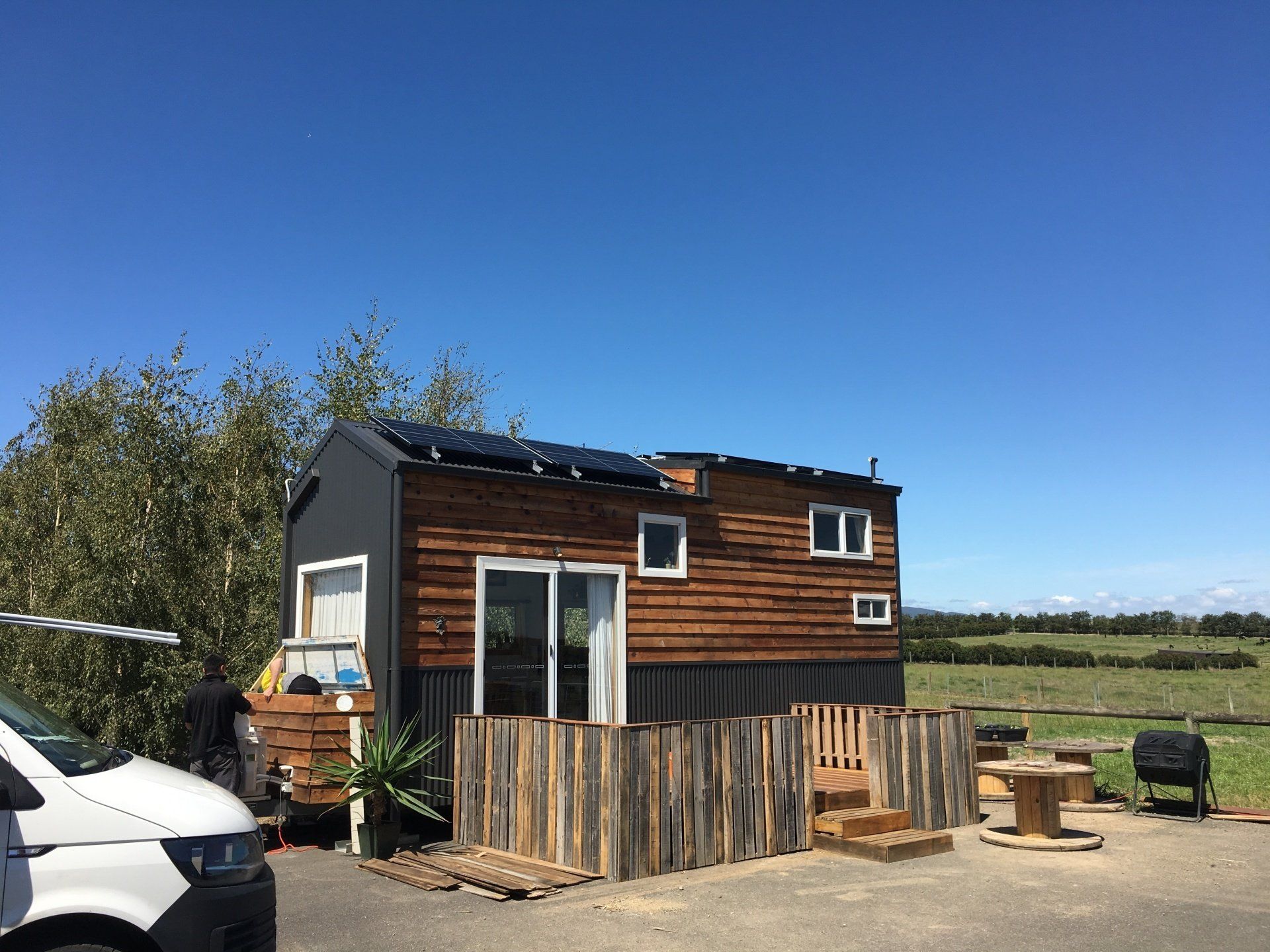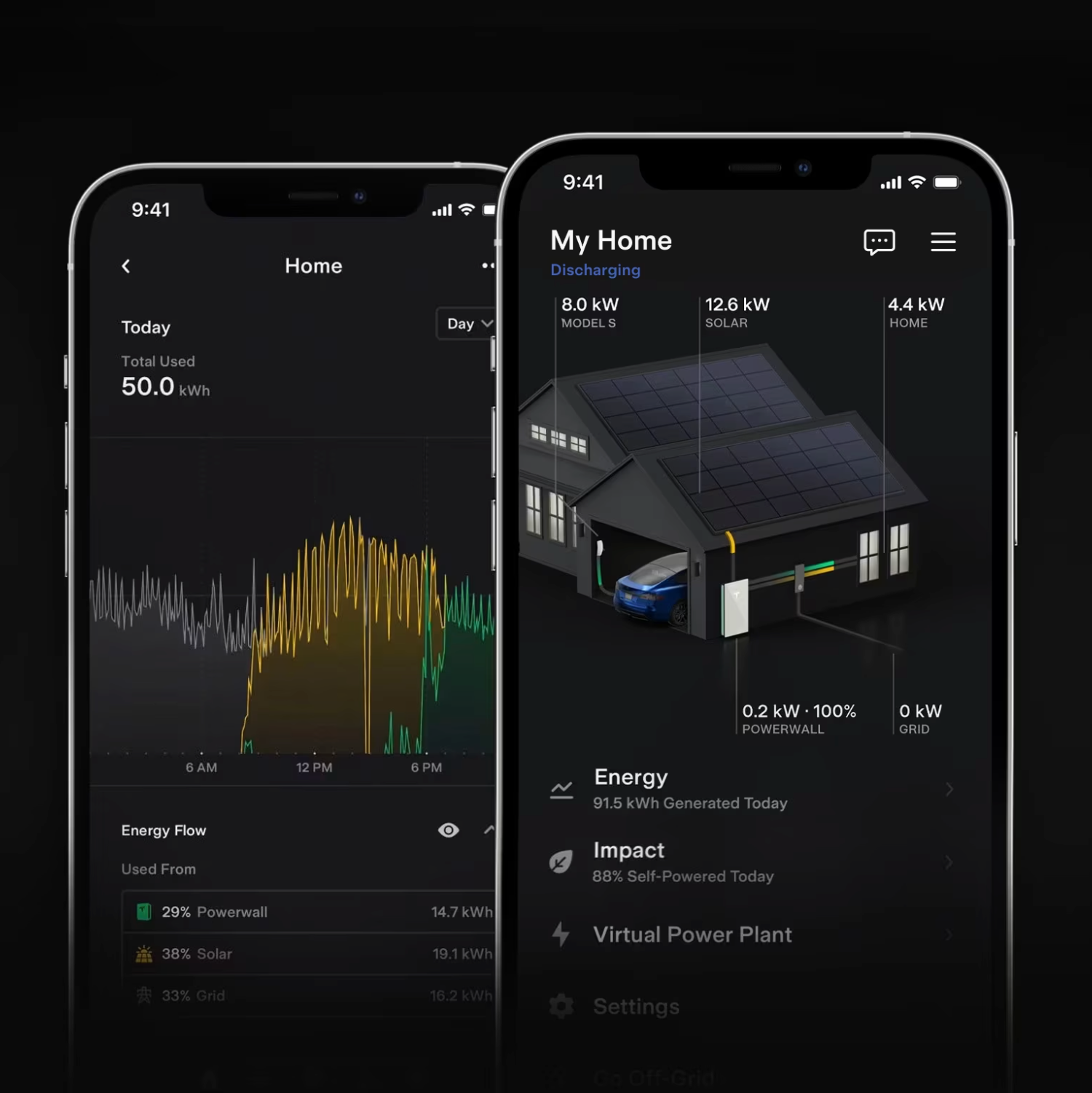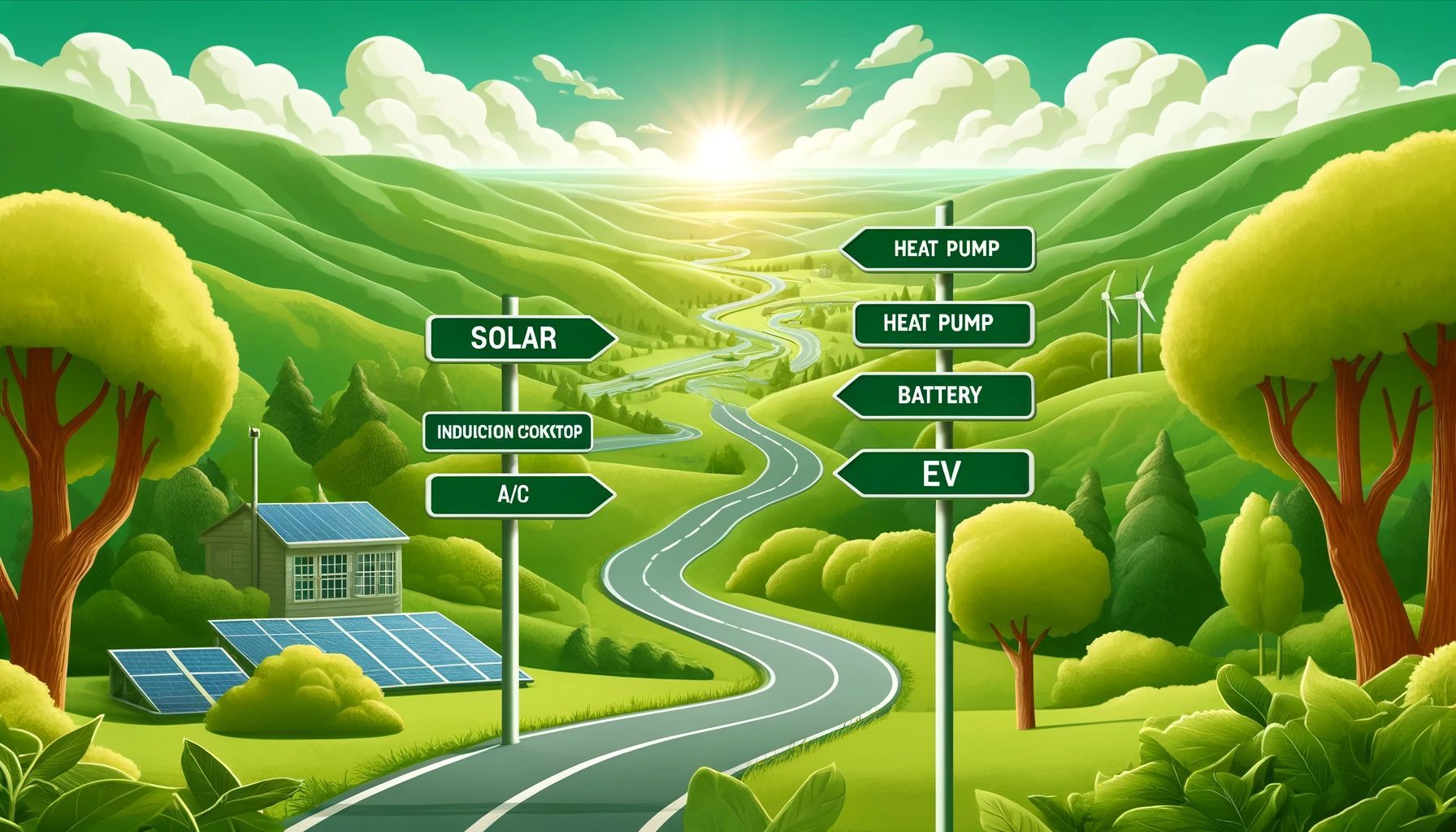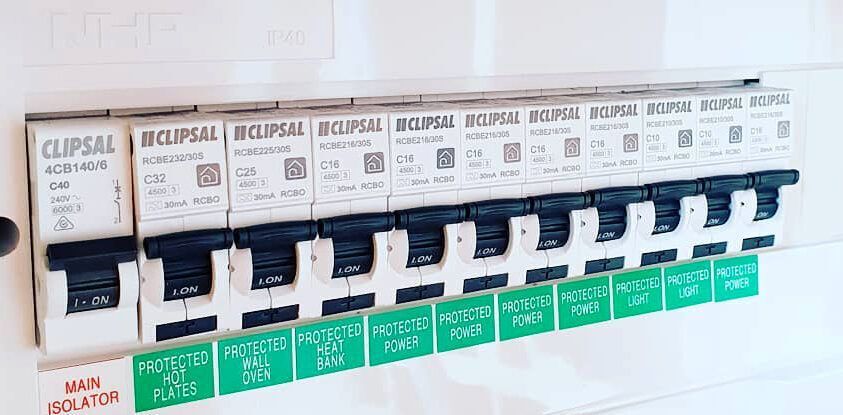The Ultimate Guide to Buying Solar Panels in Australia
How to buy solar panels in Australia

In the land down under, where the sun shines almost all year round (unless you're in Melbourne), harnessing solar energy is more than just a trend—it's a necessity to combat rising electricity costs. But with so many options out there, you might be wondering, how do you choose the right solar panel? Look no further, because this guide is here to help you make an informed decision.
1. Choosing the Right Solar Panel
The solar technology landscape has evolved significantly over the years. With this evolution comes an array of choices. Here's a breakdown of the key considerations:
- Solar Cell Types: Panels can be broadly classified into monocrystalline and polycrystalline types. Monocrystalline panels, characterized by their uniform dark appearance, boast of high efficiency and aesthetic appeal. Conversely, polycrystalline panels, with their blueish hue, might be slightly less efficient but typically more pocket-friendly.
- Manufacturer Credibility: The solar market is diverse, and the credibility of manufacturers varies. It's vital to opt for companies with a proven track record. An exemplar in this domain is the REC Alpha series, championed as "the most sustainable solar panel on the market". REC's commitment to innovation is commendable.
- Warranty & Lifespan: The industry standard for panel performance warranties hovers around 25 years. However, also scrutinize the product warranty, which addresses potential physical defects. A more extended product warranty can be indicative of superior build quality.
- Panel Efficiency: Efficiency gauges the panel's capability to convert sunlight into electricity. A more efficient panel can produce more energy within a smaller footprint.
2. How Many kW Do I Need?
The number of kilowatts (kW) you need depends on your household energy consumption. On average, an Australian home consumes around 20 kWh per day. It's crucial to analyse your electricity bills to determine your energy needs and then opt for a system that meets or exceeds this requirement.
Before deciding on system size, understanding your energy consumption is paramount:
- Bill Analysis: Delve into your electricity bills to discern your average daily energy consumption. This figure will be pivotal in determining the required system size.
- Anticipating Future Needs: Considering adding an electric vehicle to your garage or upgrading to energy-intensive appliances? Project your future energy requirements to ensure your system remains adequate.
3. Decoding the 6.6 kW Solar System
A common question among solar enthusiasts is: how many panels does a 6.6 kW solar system have? The answer largely depends on the wattage of each panel. For instance, if you're using 410W panels, you'd need 16 panels (6.6×1000/410. But remember, solar installations are not just about the panels. To truly harness the sun's power, you need a robust inverter. And speaking of inverters, you might want to delve into the world of microinverters with Enphase to understand how they're changing the solar landscape.
We have moved away from the standard 6.6kW system as homes become more dependand on electricity. The average system size that is being installed in Victoria is 9kW. You will be looking at 22-23 panels so make up 9kW worth of solar panels. This will produce up to 18kWh per day in Winter and around 55kWh per day in SUmmer.
4. Cost of Solar Panels in Australia
The cost of solar panels in Australia varies based on the system size, brand, and installation factors. On average, for a standard 6.6 kW system, you might be looking at prices ranging from AUD 5,500 to AUD 11,000. However, this can fluctuate based on the aforementioned variables. Things to consider are;
- Premium brands like the ones that we offer might command a higher initial cost but can offer superior value over the long haul with long warranties and high efficiencies
- Installation Dynamics: Factors like installation intricacies, roof type, and supplementary equipment (like batteries) can sway the final price.
- Government Initiatives: Australia's government has been proactive in promoting solar, providing incentives and rebates. Familiarizing yourself with these can substantially mitigate your overall expenditure.
5. Beyond Solar: The Revolution of Energy Storage
Harnessing solar energy doesn't end with just the panels. To truly make the most of the sun, you need efficient energy storage solutions. Enter Tesla's Powerwall. This cutting-edge battery storage solution is revolutionising how we store and use our solar energy, ensuring you have power even when the sun isn't shining.
Buying solar panels in Australia is an investment in a greener future. Do your research, consider your needs, and always opt for quality over price. The sun might be free, but making the most of it requires the right tools!
We're here to guide you on your journey to becoming a solar super hero so when you're ready, click here to get in touch.
Hear what our customers have to say
Ready to learn how investing in a renewable system is right for you?
Investing in your property with right system will tackle those increasing power bills and save the planet in one swing.
Book your complimentary obligation-free Energy Consultation or send us a message and the Gedlec Energy team will call you straight back.













































































































